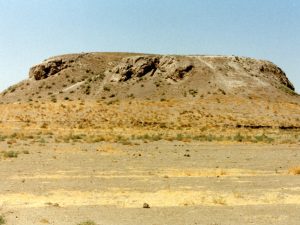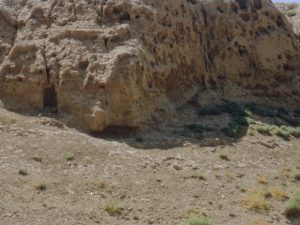Tepe Mohammadābādتپه محمد آباد
Location: Tepe Mohammadābād is located 2 km north of the village of Mohammadabad and 10 km southwest of Nazarbad, in Alborz Province, central Iran.
35°53’51.82″N 50°30’40.21″E
Map
Historical Period
Bronze Age, Iron Age, Sasanian/Islamic
Archaeological Exploration
Tepe Mohammadabad was first recorded in Wolfram Kleiss' surveys of the Tehran-Qazvin region on behalf of the German Archaeological Institute in the 1970s and 1980s. The site was re-visited by Ali Mousavi in his survey on behalf of the Iranian Center for Archaeological Research in 2002. Based on the surface pottery, Tepe Mohammadabad is a promising site for archaeological exploration because it contains layers from both the Late Bronze Age and the Early Iron Age periods.
Bibliography
Kleiss, W., “Eisenzeitlich Siedlungen im Raum Tehran-Qom-Qazvin,” Cinquente-deux reflexions sur le Proche-Orient ancien offerts en hommage à Léon de Meyer, H. Gasche, M. Tanret, C. Janssen, and A. Degraeve (eds.), Leuven, 1994, fog. 3 (for Tepe Mohammadabad).
Mousavi, A., “Comments on the Early Iron Age in Iran,” Iranica Antiqua, vol. 40, 2005, p. 98 (for Tepe Mohammadabad).
Author: Ali Mousavi, May 29, 2020
Originally published: March 4, 2022
Last updated: September 19, 2024



































































































































